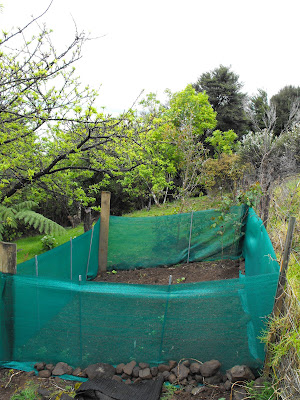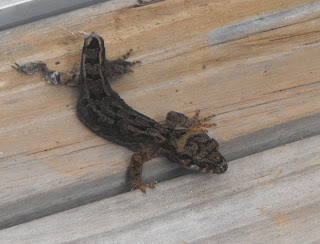Looking at maps can be a rewarding exercise. Ships must have been built in Kennedy's Bay because "historic shipyard" appears on the map. Out beyond the Mercury Is. is a place surely deserving of a Tui billboard.
"NEVER FAIL ROCK/YEAH RIGHT! Just off Red Mercury there is another large rock, yet another Tokatea, and it marks the entrance to a deep but smallish bay called Von Luckner's Cove.
It is the place where Count Felix von Luckner and a group of escaping prisoners of war, just before Xmas in 1917, encountered the scow Moa , captured the vessel and it's four crew and set sail for the Kermadec Islands.
How von Luckner came to be captured, came to escape and was captured once more is quite a tale.
There is, however, quite a pre-story. Von Luckner was born in Dresden in 1881. He was of an adventurous disposition and ran away to sea at the age of thirteen. He joined a Russian freighter sailing for Australia. He was obviously not much valued by his captain who refused to turn the vessel around when young von Luckner fell overboard. His recovery is a thing of legend. The first mate held an harpoon to the neck of the captain who quickly revised his decision and turned the boat around. Von Luckner was easily located. A large albatross, thinking he was food grabbed one of his hands in it's beak. Von Luckner, with his other hand grasped the albatross which acted like a large marker buoy flapping away on the surface, and so the lad was retrieved.
He jumped ship in Australia and for the next seven years led a very adventurous life. He hunted kangaroo, kept bar until fired as a result of an incident with the hotel keeper's daughter. He spent some time as an assistant lighthouse keeper but found some spare time to sell The War Cry become a professional boxer and a magician. He also had a period as a mercenary soldier in S.America.
He joined the Navy on his return to Germany. On the outbreak of war he was one of the few officers with practical experience in sailing ships. Four days before Xmas in 1916 he escaped a British naval blockade and made his way toward Greenland. His ship was the three masted schooner Seeadler. It had been modified by the addition of a couple of engines and two 105mm guns. Over the next year he detained and scuttled 14 merchant ships. He always took the merchant crew on board his ship and only one life was lost in this period as a result of his actions.
The Seeadler was eventually lost on the reefs of Mopelia Is. in the Society Group. He was hopeful of capturing another boat but it was not to be. He sailed some 3700km. in two 10m. long open whaling boats with some of his crew. He made it to the Cook Is. and gained help by pretending to be Dutch American at Atiu and Norwegian on Aituitaki. Suspicion arose in Rarotonga and he was eventually captured with his crew in Fiji.
He was brought to NZ and imprisoned on Motuihe Is in the Gulf. The lifestyle was fairly relaxed for prisoners of war. It was thought that, being in the middle of the sea escape would be impossible. Just to be sure however the garrison was increased from 60 to 80 soldiers and a phone line was laid from Auckland. In addition the island was provided with a fast motor launch, The Pearl, to patrol the surrounding waters.

 Sourdough starter
Sourdough starter

















